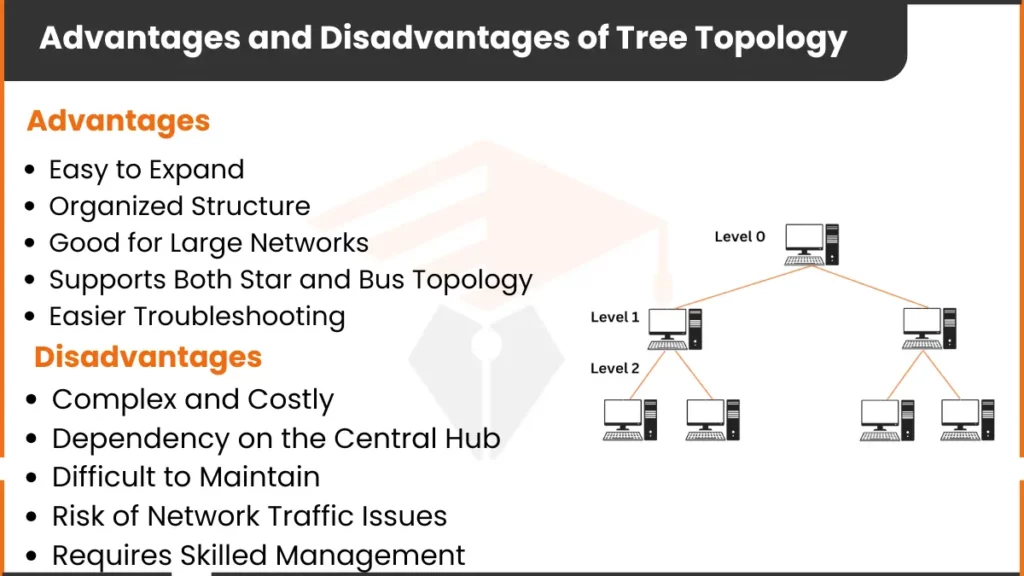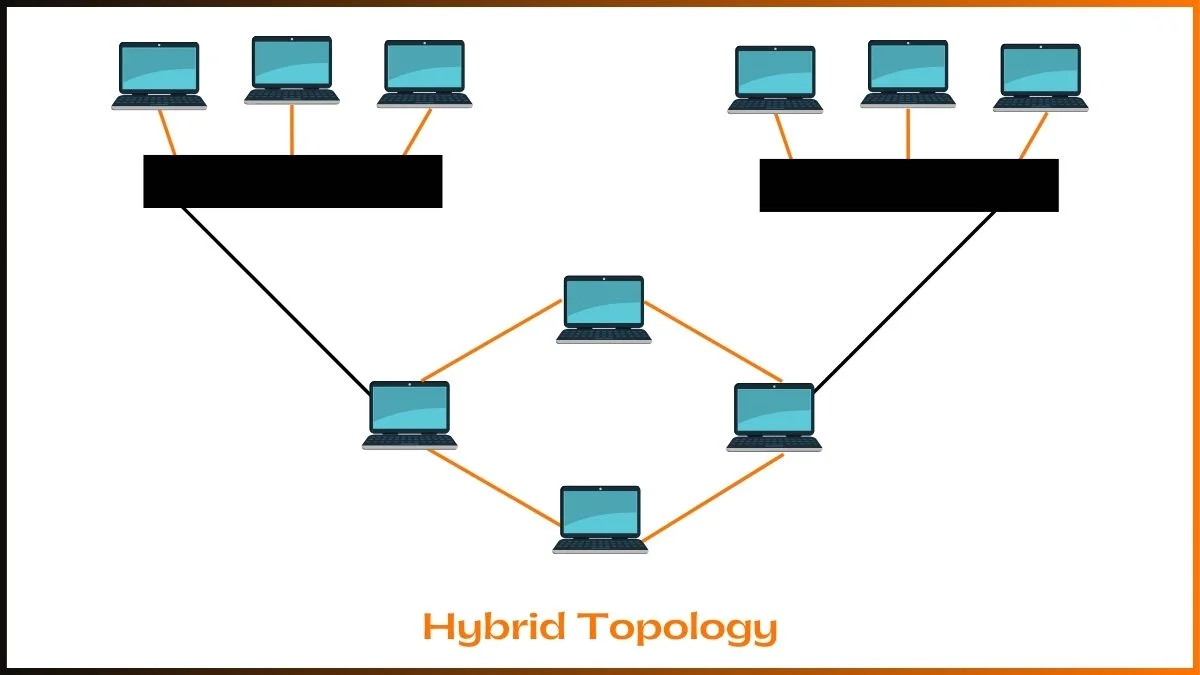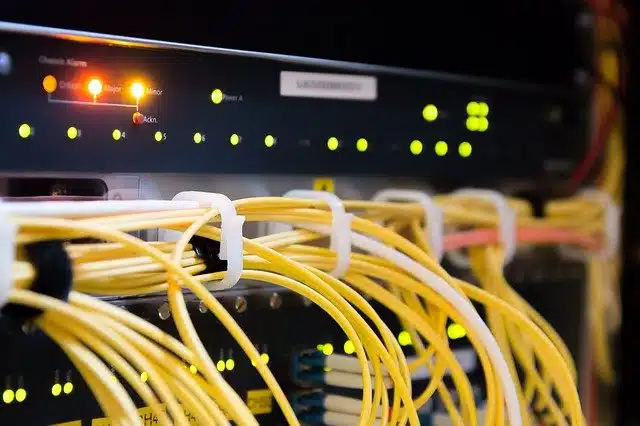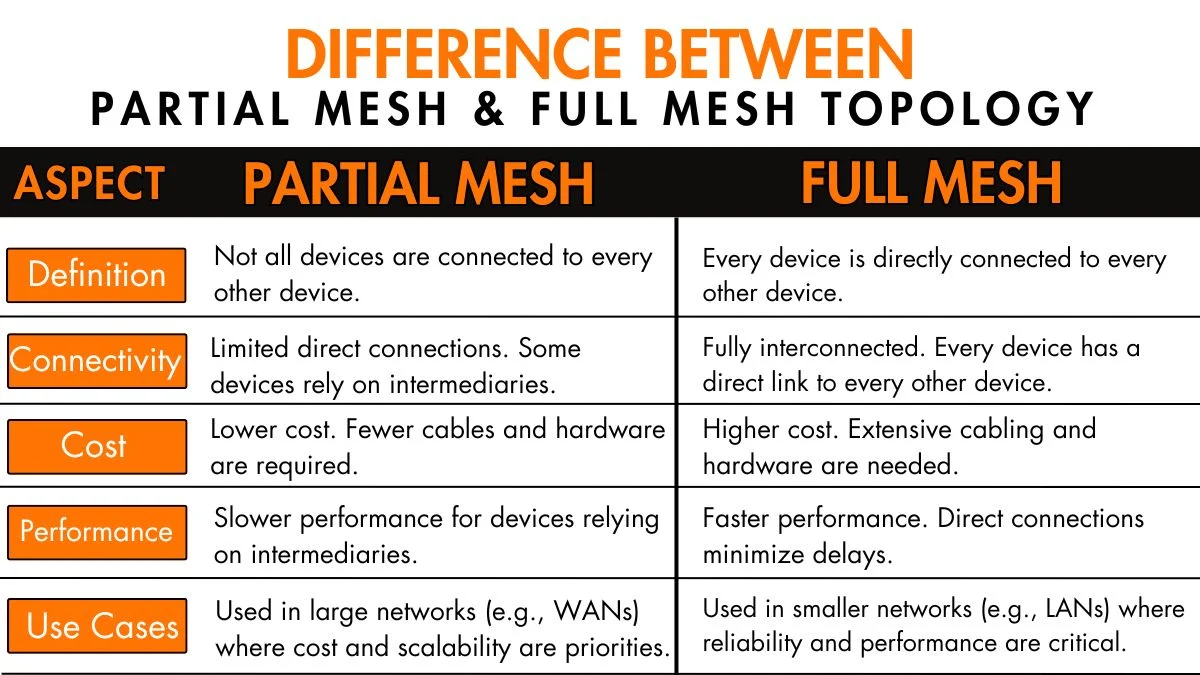Advantages and Disadvantages of Tree Topology
The main advantage of tree topology is its easy expansion. It allows new devices to connect to existing branches, which is ideal for networks that need to grow, like in schools or offices. However, a major disadvantage is its reliance on a central hub. If this hub fails, it can bring down the entire network, disrupting communication for all connected devices.

Advantages of Tree Topology
The following are the benefits of tree topology
1. Easy to Expand
Tree topology allows you to easily add more computers or devices by connecting them to the main branches. This makes it a good choice for large networks, like schools or businesses, that may grow over time.
2. Organized Structure
The tree structure organizes devices in a hierarchy, making it easier to manage. Each branch can have a different group of devices, helping organize large networks in schools or offices, and keeping data flow efficient.
3. Good for Large Networks
Tree topology is often used in larger networks because it can support many devices without causing too much network traffic, especially when different branches communicate mainly with each other, ensuring smooth communication.
4. Supports Both Star and Bus Topology
A tree topology combines elements of both star and bus topologies. It allows the benefits of a star layout (central hubs) and the flexibility of a bus layout (connecting multiple devices on a branch), providing adaptability for diverse network needs.
5. Easier Troubleshooting
Since devices are organized in branches, it’s usually easier to identify and fix issues. If one branch has a problem, it doesn’t necessarily affect the whole network, saving time in finding and resolving issues.
Disadvantages of Tree Topology
Here are some drawbacks of tree topology:
1. Complex and Costly
Tree topology can be more complicated and expensive to set up compared to simpler types like star or bus topologies. The cost of cables, hubs, and connectors can be high, especially for large networks with multiple branches.
2. Dependency on the Central Hub
If the central hub (the main device that connects branches) fails, the entire network may stop working. This makes it very important to have a reliable central hub, or it risks affecting everyone connected to the network.
3. Difficult to Maintain
Managing a tree topology can be hard because of its complex structure. As the network grows, maintenance and troubleshooting can take more time and effort, requiring more resources for network upkeep.
4. Risk of Network Traffic Issues
With many devices connected, a tree topology network can experience congestion (slow speeds) if a lot of data is being transferred at once. This can affect the performance of the entire network, especially during peak times.
5. Requires Skilled Management
Because of its complexity, a tree topology needs experienced people to set it up and manage it. This can be challenging for smaller organizations without skilled network administrators, which may lead to difficulties in handling network issues.
FAQs
What are the advantages of tree data structure?
Fast search and updates
Easy to show the hierarchy
Flexible for different uses
Scales well for large data
What is the main problem of the decision tree?
The main problem of a decision tree is overfitting. It can become too detailed, learning random noise instead of real patterns, which makes it less accurate on new data.
What is the problem tree structure?
The main problem with a tree structure is imbalance, which makes searches and updates slower. Balancing it can be complex.






Leave a Reply